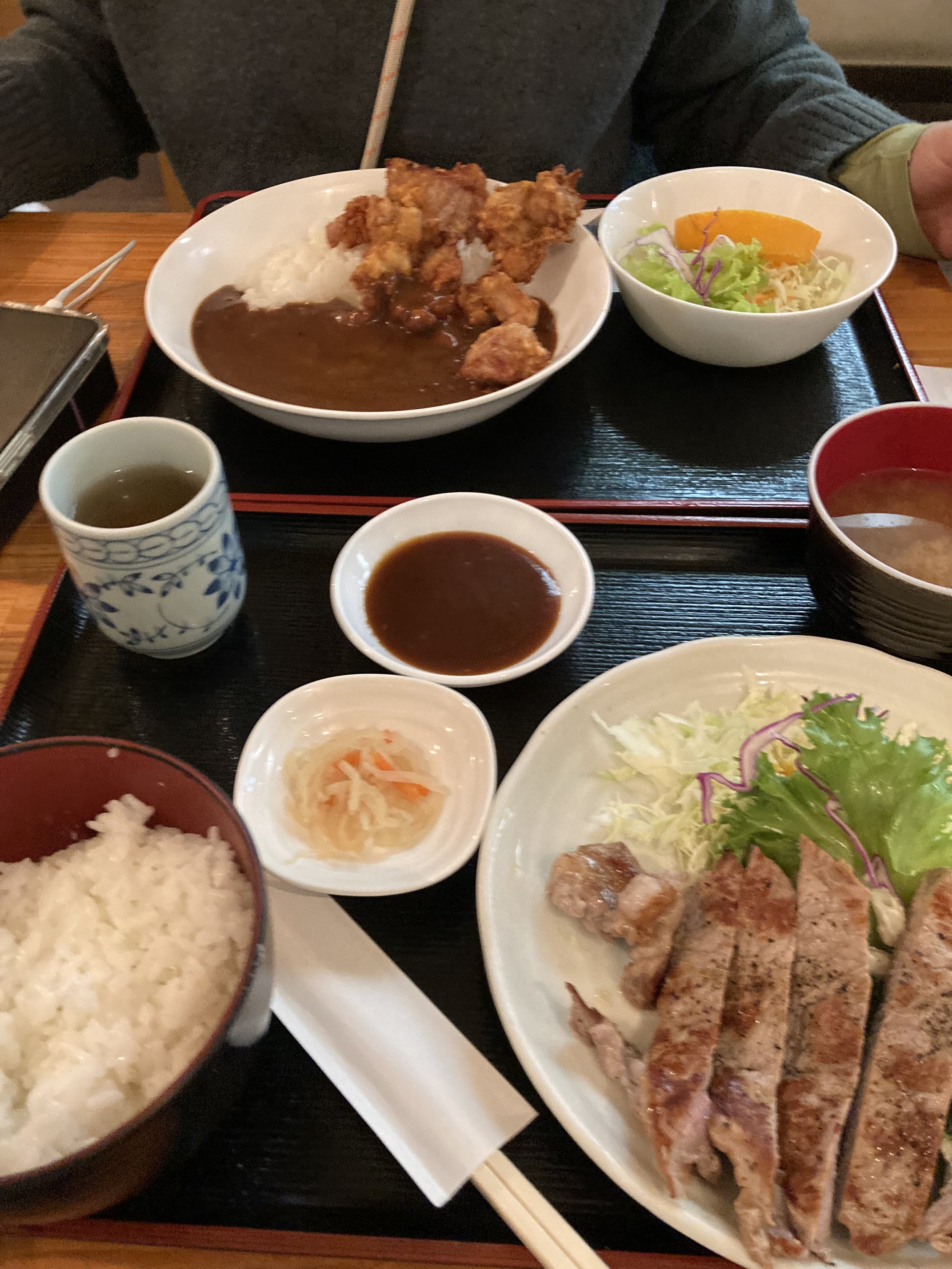The Tasty World of Food Localization: Japan and Australia
Learn how Japanese cuisine has adapted in Australia, the US, and Japan in this fascinating blog post. Explore the evolution of sushi in the West, the rise of yōshoku (Western-inspired dishes) in Japan, and the cultural factors that drive food localization. From California rolls to Japanese-style hamburgers, learn how food changes when it crosses borders and what it reveals about taste preferences, available ingredients, and culinary innovation
Have you ever noticed how food changes when it crosses borders? A dish you’ve tried in its home country might taste completely different when served elsewhere. This is especially noticeable with Japanese cuisine in Western countries like the US and Australia. Sushi, for example, has evolved into something quite different from its traditional form in Japan. But this phenomenon isn't one-sided—Western dishes have also undergone a transformation in Japan, creating a unique food culture known as yōshoku (Western-style Japanese cuisine). So why does food change so much when introduced to different demographics? Let’s explore the localization of Japanese food in the West and how Western food has been adapted in Japan.
The Localization of Japanese Food in Australia and the US
One of the most well-known examples of Japanese food localization is sushi. While sushi in Japan often highlights the simplicity and quality of fish, Western sushi has taken on a life of its own. New ingredients like avocado (California Roll), cream cheese (Philadelphia Roll), and spicy mayo (Spicy Tuna Roll) have found their way into sushi rolls. There’s also a preference for heavier sauces and fried elements, such as deep-fried rolls and tempura toppings.
Additionally, inside-out rolls (uramaki), where the rice is on the outside, are popular in the West because many people find seaweed less appealing. Western sushi portions are also larger, with a higher rice-to-fish ratio compared to traditional Japanese sushi.
Another major shift is in accessibility. In Japan, sushi is often considered a refined dining experience, typically enjoyed at specialty restaurants with skilled chefs. However, in Australia and the US, sushi has become more casual and convenient, with pre-packaged sushi available at grocery stores, convenience shops, and even fast food chains. This shift has made sushi a common everyday meal in the West, as opposed to a special occasion dish.
Western Food in Japan: The Rise of Yōshoku
In Japan, Western food has also been localized to create a uniquely Japanese food culture known as yōshoku. Yōshoku refers to Western-inspired dishes that have been modified to suit Japanese tastes, using local ingredients and cooking techniques.
For example, Japanese curry (kare raisu) differs significantly from Indian curry or Thai curry. Japanese curry is thicker, slightly sweet, and made with a roux of flour, butter, and curry powder. It’s often served with rice and a deep-fried cutlet (katsu curry) and is a staple in home cooking and school lunches.
Another popular yōshoku dish is hambāgu, or Japanese-style hamburger steak. Unlike an American burger, hambāgu is served without a bun and features a softer, juicier patty, often made with panko breadcrumbs and milk. It’s typically paired with demi-glace sauce and served alongside rice and salad, rather than fries.
Similarly, omurice (an omelet filled with ketchup-flavored fried rice) and Napolitan spaghetti (a ketchup-based pasta sauce) are perfect examples of how Western dishes have been transformed with Japanese ingredients and flavors. Even pizza has been given a Japanese twist. Wafu pizza (Japanese-style pizza) often includes toppings like seafood, mentaiko (spicy cod roe), mochi, and mayonnaise, creating a pizza experience that’s far from traditional Italian.
Why Does Food Change When It Travels?
Food localization happens for a few key reasons:
Taste preferences – Each culture has different flavor profiles, whether it’s a preference for umami-rich dishes in Japan or bolder, sauce-heavy flavors in the West.
Available ingredients – Certain ingredients may not be as common or accessible, leading to substitutions.
Cooking techniques – Dishes are often prepared using local methods, whether it’s steaming, frying, or using different seasonings.
Dining habits – In Japan, meals are often smaller and balanced, while Western countries may favor larger portions and heavier ingredients.
While some may argue that localized dishes stray too far from their origins, food adaptation is a natural part of cultural evolution. It opens up new possibilities for creating exciting culinary innovations that blend the best of both worlds. Whether it's sushi rolls in Australia or Japanese-style hamburgers in Tokyo, these culinary transformations have created something entirely new and thrilling for food lovers worldwide.
What’s your favorite localized dish?
Thanks for reading! Subscribe for more 😜 じゃあね!







